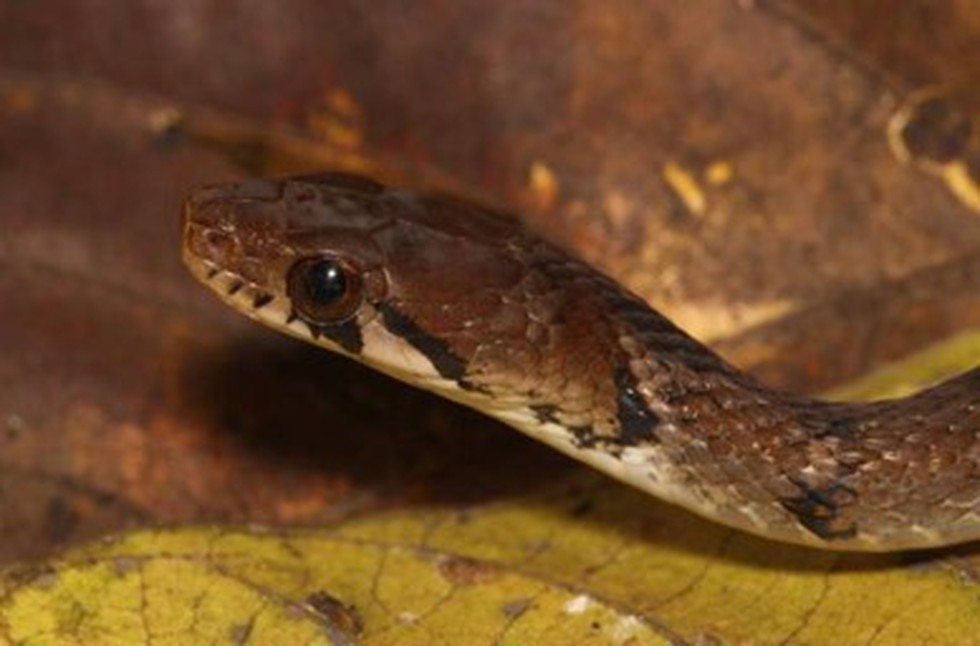About Sahyadriophis uttaraghati:
- The new genus has been named Sahyadriophis, a combination of the Sanskrit word for the Western Ghats ‘Sahyadri’ and the Greek word for snakes ‘Ophis’.
- The new species, located in the northern part of the Western Ghats, is called Sahyadriophis uttaraghati or Northern Sahyadri keelback.
- Features:
- These snakes are mostly active during monsoons and are often found near streams.
- Their diet primarily consists of frogs and their eggs.
- These snakes are gentle in nature and rarely bite when handled.
- The juveniles bear a big blotch or a collar mark on the nape, which distempers as the animal grows.
- It can be differentiated from its southern counterpart—Sahyadriophis beddomei (Beddome’s Sahyadri keelback)—by a longer tail and higher number of scales on the tail's underside, known as subcaudals.
What are colubrid snakes?
- A colubrid is any of the numerous, diverse, largely nonvenomous snakes that comprise the reptile family Colubridae.
- The Colubridae family is one of the largest snake families, consisting of over 1,800 species.
- They are characterised by the absence of hind limbs.
- They are found in various regions around the world, except for Antarctica and some remote oceanic islands.
- Habitats: They inhabit a wide range of environments, including forests, grasslands, deserts, wetlands, and aquatic habitats.
- Venom:
- The majority of colubrid snakes are non-venomous.
- However, there are a few exceptions within the Colubridae family, such as the rear-fanged snakes, which possess mild venom but are not considered dangerous to humans.
- Among well-known colubrids are king snakes, watersnakes, milk snakes, gartersnakes, racers, ratsnakes, ring-necked snakes, hog-nosed snakes, and the venomous boomslangs.
